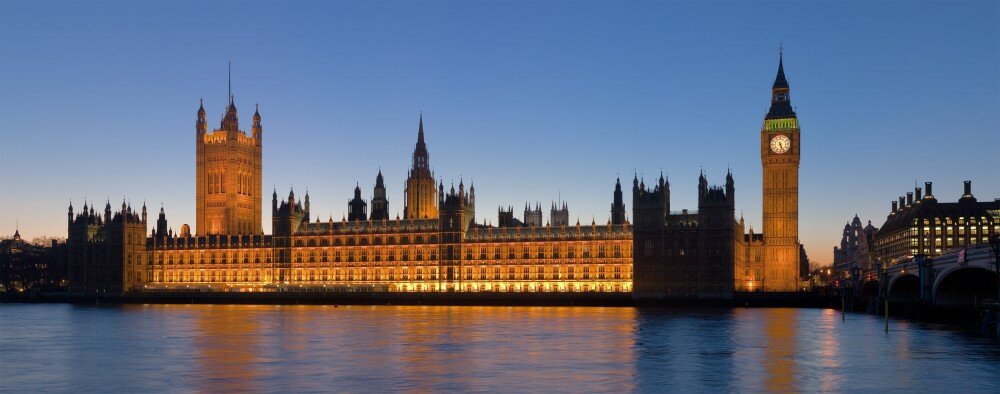After several decades of mending and muddling through both Houses of Parliament have now decided in favour of temporarily leaving the Palace of Westminster in order to allow vital refurbishment works to be undertaken. This was never going to be an easy decision to take but members of both Houses are to be congratulated for making a clear and decisive decision – the correct choice on Restoration and Renewal.
With a clear commitment to decant the Palace in 2025 the detailed planning and design work can now begin in earnest with the creation of an independent Delivery Authority being a key priority.
Three key issues remain.
- First and foremost the political space has now opened to allow a far-reaching discussion about the aims and objectives of restoration and renewal. This is far more than a complex building project. The public yearn for evidence that its politicians and political institutions can adapt and change in line with contemporary expectations and a changing world. One of the core aims of the project is to deliver ‘a parliament that is fit for the twenty-first century’ but what does a building that can fulfil this ambition actually look like?
- The second issue flows from the first and focuses on the role of the public. This multi-billion pound investment in democracy must put the public at the heart of the process. There needs to be a national conversation in order to ensure that the design of the building reflects the needs, ambitions, beliefs and diversity of the public. Put slightly differently, restoration and renewal provides an opportunity to engage with the public and through this close the gap that appears to have grown between the governors and the governed.
- This emphasis on public engagement flows into a third issue that needs to be acknowledged rather than hidden from the outset – cost and complexity. The restoration and renewal process is a ‘mega-project’ that involves an iconic building of truly global status. The Palace of Westminster is part of a World Heritage Site and Grade 1 listed building. Undertaking a quite fundamental re-fitting of the infrastructure of the building is inevitably going to be expensive and problems will occur. And yet once the final design specification is agreed the Delivery Authority must be allowed to get on with its job without endless scrutiny of the cost of every nail, screw or bracket. Penny pinching or party political point scoring will only undermine a project that offers the chance to reinvigorate public interest in politics and to reflect a certain sense of renewed national self-confidence. An on-going public conversation, not just in the design stage but also throughout the work itself, will be a critical element of maximising the public value and success of this project.
The next phase of the Palace of Westminster Restoration and Renewal therefore needs to be based upon three core pillars – ambition, design and engagement.
Find our more about the Crick Centre’s Designing for Democracy programme.




